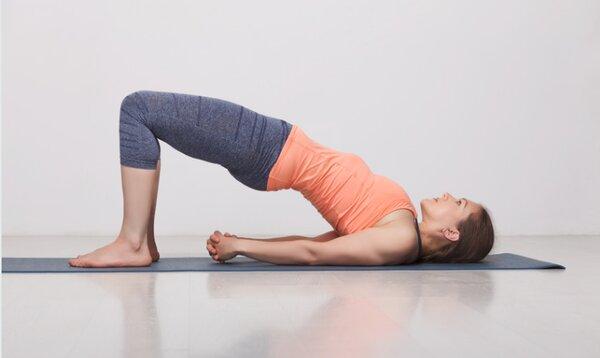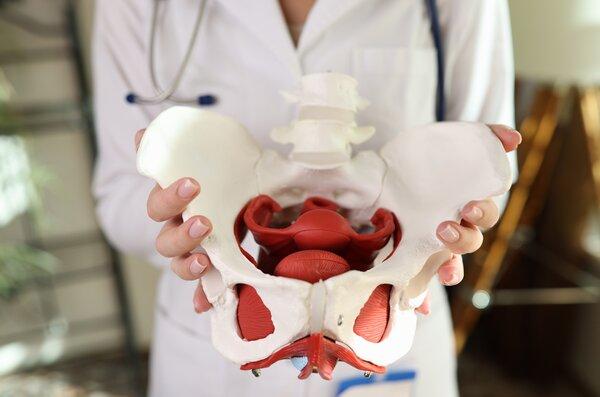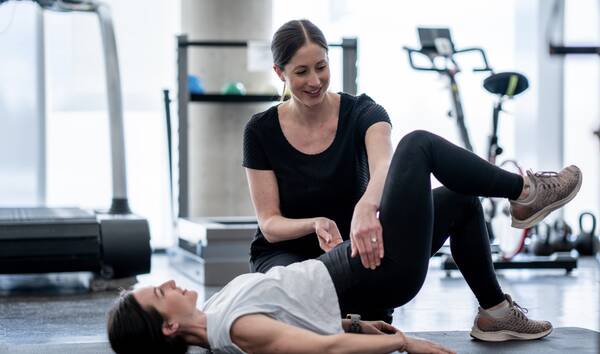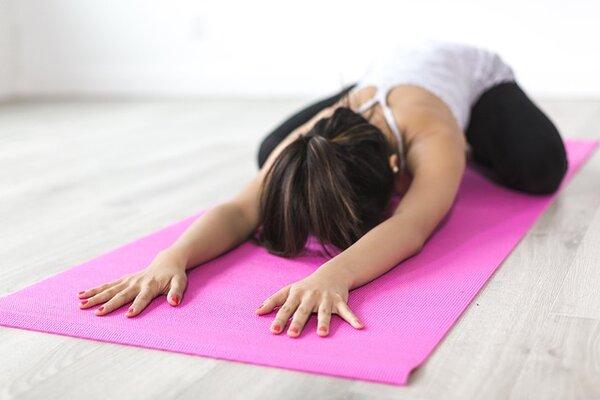Unlocking the Power Within: Understanding Pelvic Floor Exercises and Their Vital Importance

(Note: Some of the links in this post are affiliate links, and we will be compensated when you make a purchase by clicking through our links at no additional cost to you.)
The pelvic floor, a network of muscles that forms the foundation of your core, is often overlooked in discussions about fitness and well-being. Pelvic floor exercises, encompassing more than just Kegels, are a crucial component of a holistic approach to health. We’ll go into the diverse world of pelvic floor exercises in this article, examining their numerous forms, the importance of them, and how they contribute to overall physical wellness.
Table of Contents
The Dynamic World of Pelvic Floor Exercises
Understanding Pelvic Floor Muscles
The pelvic floor is a complex structure comprising muscles, ligaments, and connective tissues that support vital organs in the pelvis. Engaging in exercises that target these muscles is essential for maintaining strength, flexibility, and overall pelvic health.
Beyond Kegels: Exploring Different Pelvic Floor Exercises
While Kegel exercises are an integral part of pelvic floor workouts, there is a plethora of exercises that contribute to the overall strength and flexibility of these muscles:
Bridge Pose Variations: Elevate your pelvic floor workout by incorporating variations of the bridge pose. Experiment with single-leg bridges or holding the position on your tiptoes to challenge your pelvic muscles.
Squats with a Twist: Traditional squats engage the pelvic floor, but adding a twist by incorporating weights or performing sumo squats can provide an extra layer of stimulation.
Core Strengthening Exercises: Exercises that target the core, such as planks and leg raises, inherently involve the pelvic floor muscles. These not only strengthen your abdominal muscles but also contribute to pelvic floor stability.
>>> No More Leaks: Must-Read Urinary Incontinence Books
The Multifaceted Importance of Pelvic Floor Health
Maintaining Continence
Pelvic floor exercises play a pivotal role in preventing urinary and fecal incontinence. By strengthening the muscles responsible for bladder and bowel control, individuals can significantly reduce the risk of embarrassing and inconvenient leaks.
Supporting Reproductive Health
For women, pelvic floor exercises are crucial during and after pregnancy. These exercises aid in supporting the uterus, reducing the risk of prolapse, and contributing to a smoother postpartum recovery.
Enhancing Sexual Function
A robust pelvic floor is synonymous with improved sexual well-being. Both men and women benefit from exercises that enhance blood flow to the pelvic region, contributing to increased arousal, better orgasms, and improved overall intimate experiences.
Tailoring Pelvic Floor Exercises to Your Needs
Pelvic Floor Awareness
Understanding your own body is key to tailoring pelvic floor exercises to your needs. Regularly tuning into your pelvic muscles and noting any signs of tension or weakness can guide your exercise routine.
Customizing Workouts for Men and Women
Men and women may have different pelvic floor needs. Men can benefit from exercises that improve prostate health, while women may focus on exercises that support hormonal changes throughout their life stages.
Signs of Pelvic Floor Dysfunction
Recognizing signs of pelvic floor dysfunction is crucial for early intervention. Symptoms such as pain during intercourse, persistent pelvic pain, or a feeling of heaviness may indicate an issue that requires attention.

Seeking Professional Guidance
For a personalized approach to pelvic floor health, consulting with a pelvic floor physical therapist is invaluable. These specialists can assess your specific needs, identify areas of weakness or dysfunction, and tailor exercises to address your unique circumstances.
Making Pelvic Floor Exercises a Lifestyle
Incorporating pelvic floor exercises into your daily routine is not only beneficial but also achievable. Here are some practical tips:
Routine Integration: Link pelvic floor exercises to existing routines, such as during your morning stretches or evening workout sessions.
Progressive Challenges: As with any exercise routine, gradually increase the intensity and complexity of your pelvic floor exercises to continually challenge and strengthen the muscles.
Mind-Body Connection: Develop a mind-body connection by being mindful of your pelvic muscles throughout the day. This awareness can enhance the effectiveness of your exercises.
Pelvic floor exercises are a dynamic and essential aspect of maintaining overall health. By embracing a variety of exercises beyond traditional Kegels, individuals can foster pelvic floor strength and resilience. Whether you’re aiming to prevent incontinence, support reproductive health, or enhance your sexual well-being, a holistic approach to pelvic floor exercises offers a path to a healthier, more robust core. Let’s celebrate the strength within and embark on a journey towards optimal pelvic floor health for a vibrant and fulfilling life.








